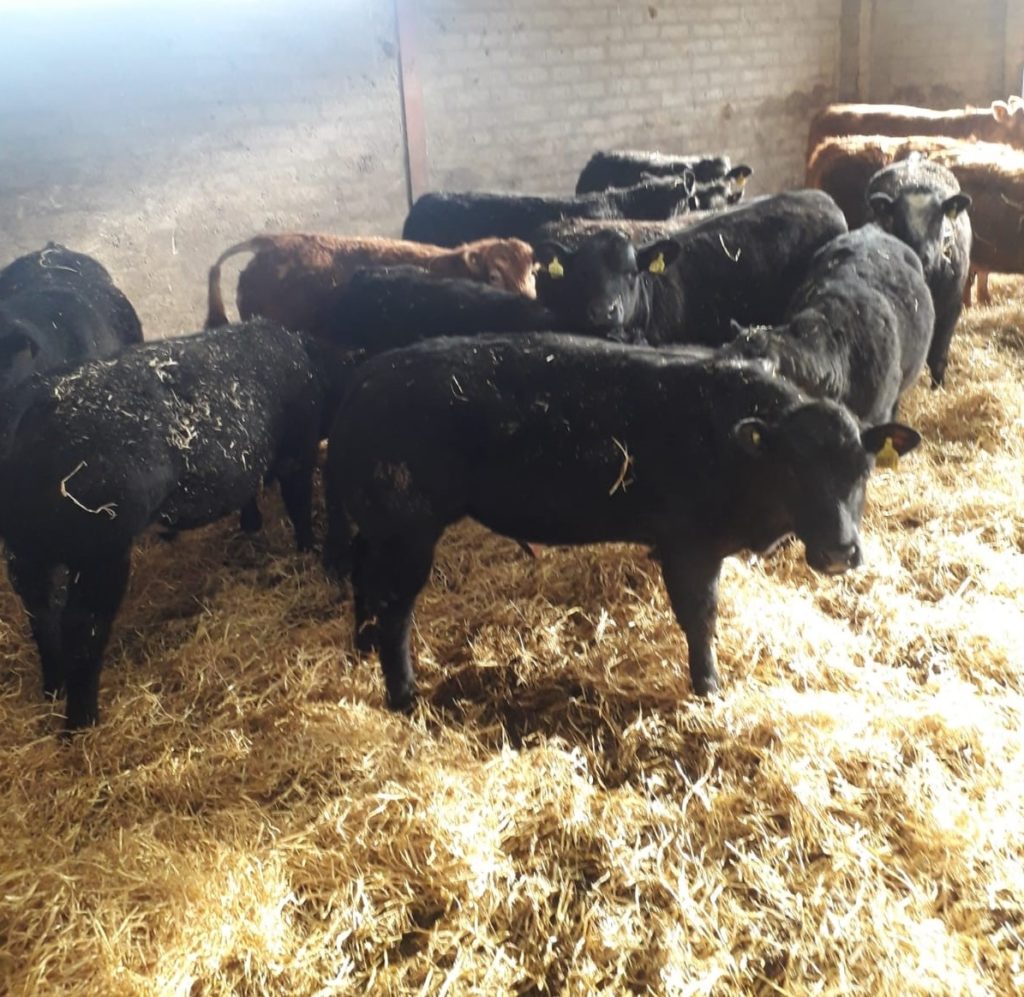Dirty Cattle Cost Money
15 December 2020Ensuring fattening cattle are kept clean for slaughter can be difficult, with long months of winter housing and the cost of straw bedding and its availability. With straw supplies looking tight across the country, there may be the temptation to use less bedding and bed cattle less often to make straw go further. However there are a number of financial implications of sending dirty cattle to slaughter which will far out way the straw saved.
Dirty stock in slaughter houses increases the risk of contamination, as dirty wet coats have a high bacterial load. During the winter months the percentage of dirty cattle arriving for slaughter increases compared to the summer months.
If cattle need to be clipped by staff at the slaughter house the cost of doing this is passed to the producer. Processors may also impose an additional financial penalty if a carcase was to become contaminated during hide removal which is likely to then lead to further carcase trimming. This reduces the overall carcase yield, reducing the value of the animal.
The consequences of presenting dirty cattle for slaughter include;
- Additional costs if dirty cattle require further clipping (there may also be costs if animal/s have to be kept in lairage before they are cleaned at the abattoir)
- Reduced carcase value due to excessive trimming
- In extreme cases loss of the entire carcase
- Slaughter line speed reduced
Don’t reduce an already tight finishing margin through rejected animals, slower line speeds and damaged hides.
Tips to help make sure fat cattle are clean for slaughter;
Use adequate bedding – where straw bedding is used ensure straw is dry and sheds are kept well bedded. Source straw in advance if possible and look for an alternative if straw availability and quality is lacking.
- Review rations – dryer rations will produce dung with a high dry matter.
- Have a health plan – put in place an effective treatment plan for parasites.
- Housing – ensure good ventilation in buildings housing stock.
- Clipping – clip cattle to remove excess hair and clip the backs of cattle to reduce sweating.
- Stocking density – prevent overstocking pens.
Health and safety should be the upmost priority when clipping cattle. Before you start clipping, make sure that your facilities are fit for purpose, ensuring the safety of both man and beast.
Sarah Balfour, sarah.balfour@sac.co.uk
Sign up to the FAS newsletter
Receive updates on news, events and publications from Scotland’s Farm Advisory Service

